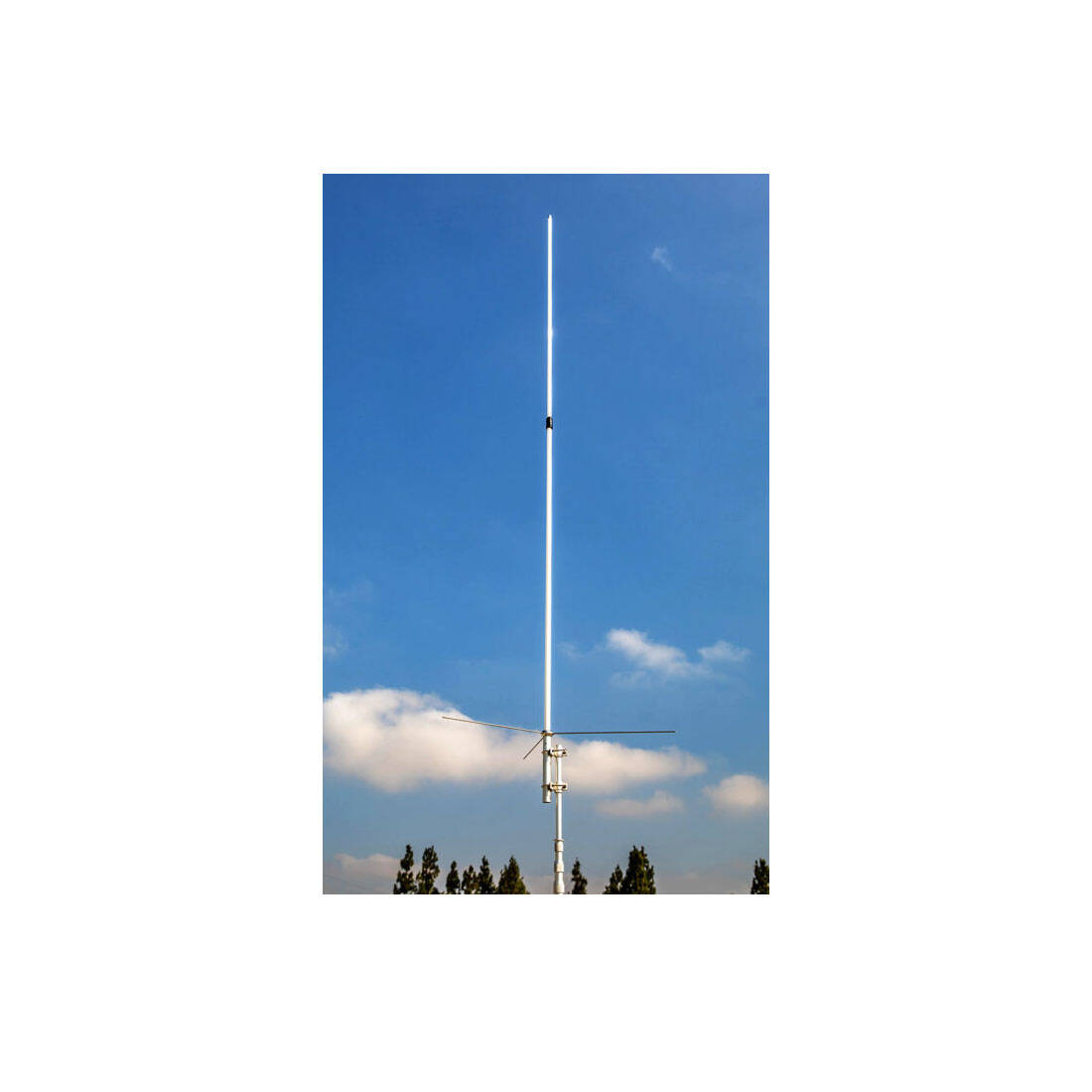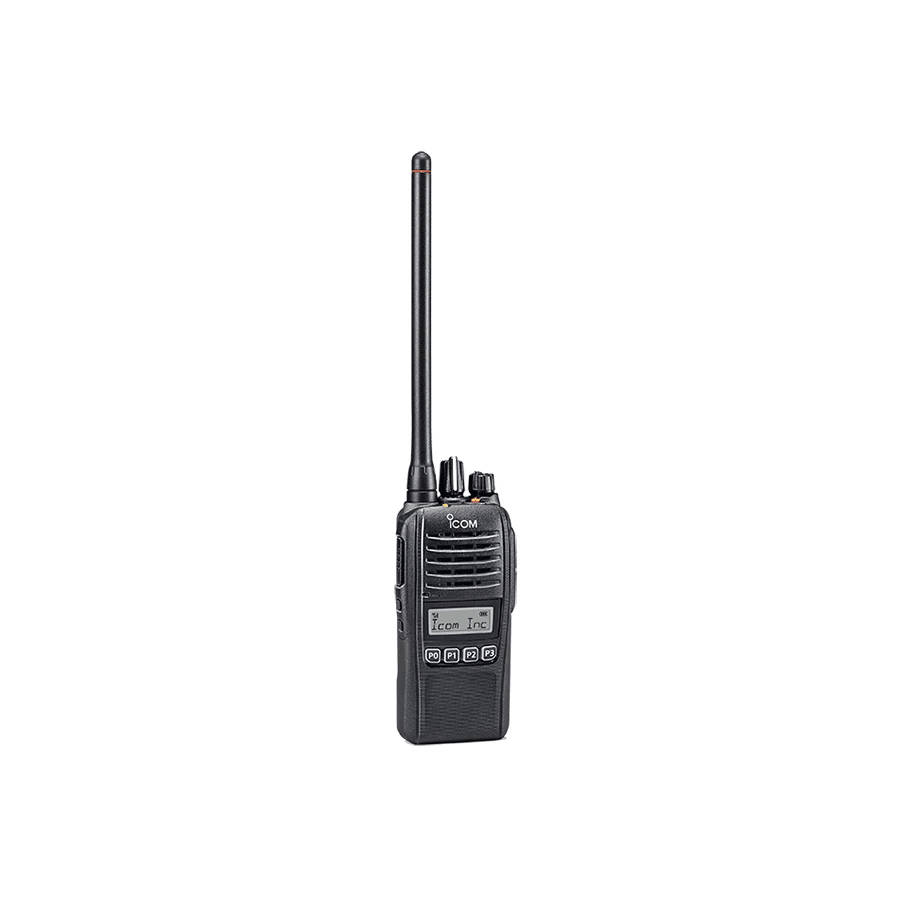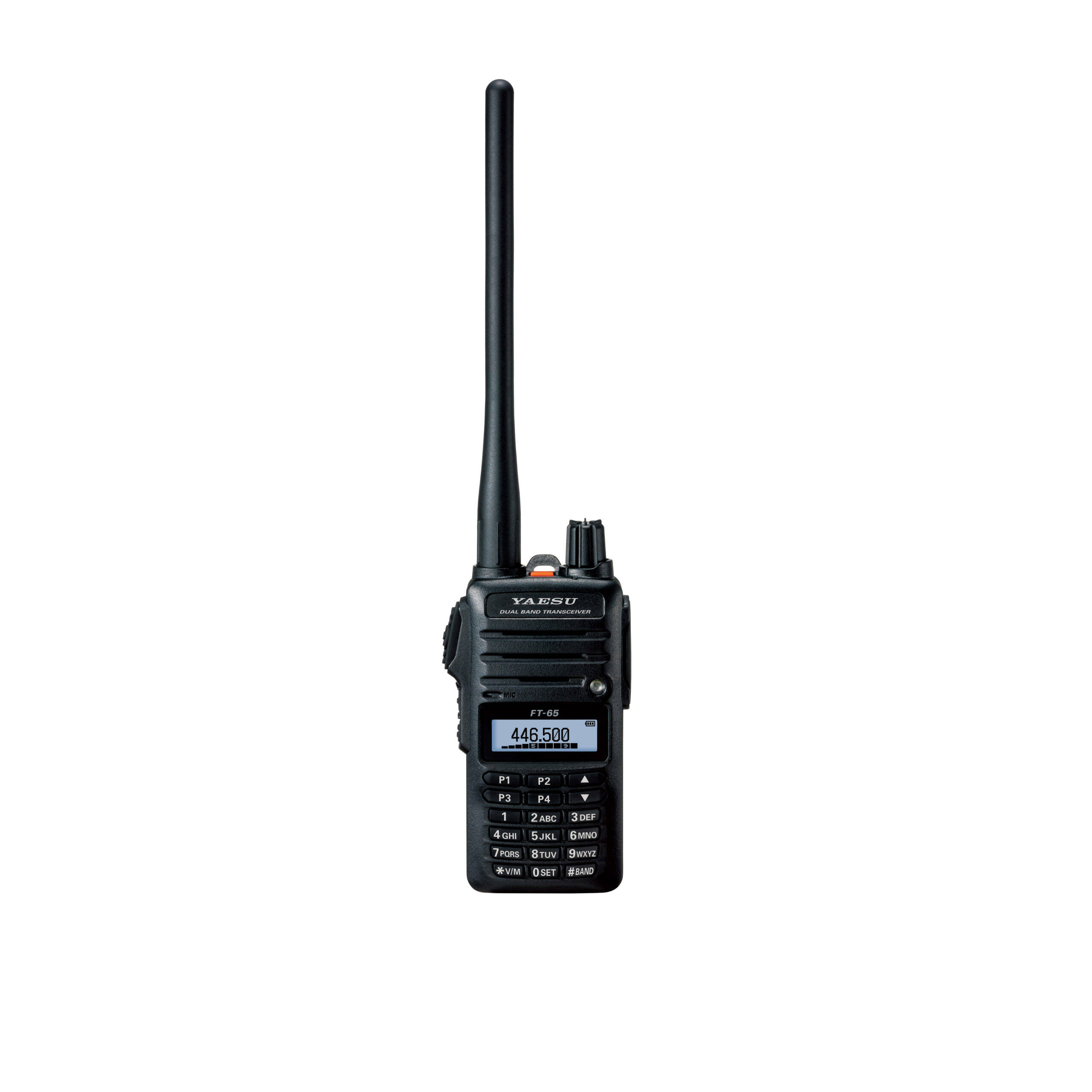Two-Way Radios 101
Friday, September 22, 2023 — 0 Comments
People often have questions about two-way radios, especially when they are in the exploration phase. We have compiled the most common questions people have.
What is a two-way radio?
A two-way radio is a wireless communication device that allows users to transmit and receive audio messages over short to medium distances. It enables real-time, two-way communication between individuals or groups.
How do two-way radios work?
Two-way radios work by converting voice or data into radio waves and transmitting them via an antenna. Other radios within range receive and decode these radio waves, allowing for communication. When you pair your two-way radios you’ll make sure they are on the same frequency so you can send and receive messages with each other.
When you get into commercial radios, you’ll be using specific radio frequencies allocated by regulatory authorities.
What are the different types of two-way radios?
There are various types of two-way radios, including handheld (portable) radios, mobile radios (installed in vehicles), and base station radios (stationary units often used in control rooms or dispatch centers). Generally speaking, when people ask us about two-way radios they are usually referring to handheld portable radios.
Amateur radios are also two-way radios but are more commonly referred to as HAM radios or base station radios.
Amateur radio operators require a government license which is granted to an individual after successfully passing an exam. CB radio is license free but limited to 40 channels. Amateur radios can not be used on commercial frequencies, such as resource road frequencies as they can not transmit in the frequency range and are not type accepted by the federal government for that purpose.
What frequencies do two-way radios use?
Two-way radios use a range of radio frequencies, including Very High Frequency (VHF) and Ultra High Frequency (UHF). Specific frequencies and bands depend on regulatory authorities and the type of radio being used. Dual-band radios offer both VHF and UHF frequencies.
Featured dual-band radios:
It’s important to understand the frequency bands used by two-way radios for proper operation and compliance with regulations.
Do I need a license to use a two-way radio?
Licensing requirements vary by country and radio type. In many cases, handheld radios using specific frequencies (e.g., GMRS or FRS in the United States) do not require a license, while others, like amateur radios or business radios, may require licensing.
Many people are unaware of whether they need a license to operate certain types of two-way radios and which frequencies require licensing. If you’re not sure, please contact us before making your purchase.
FRS and some GMRS channels are license free in Canada. The difference is in the United States, GMRS allows for repeaters and the use of mobiles, both of which are not allowed in Canada.
What’s the range of a two-way radio?
The range of a two-way radio varies based on factors like terrain, obstructions, power output, and frequency. Typically, handheld radios can have a range of a few miles, while mobile radios with higher power and external antennas can reach much farther. Through the use of repeater base stations, distances can be extended to many miles.
Average Range Radios (X to X miles)
Handheld to handheld 5 – 7 km
Long Range Radios (X to X miles)
Mobile to mobile 12 – 18 km
Can I extend the range of my two-way radio?
You can extend the range of your two-way radio by adding external antennas.
Popular antennas we carry:
If you are not getting the range you need, consider upgrading to a more powerful radio such as: Yaesu FT-2980R
Are there privacy features on two-way radios?
Yes, many two-way radios offer privacy codes like Continuous Tone Coded Squelch System (CTCSS) and Digital Coded Squelch (DCS) to reduce interference from other radio users. These codes will only keep your radio silent until a transmission with the same code is received. Anyone tuned on the same frequency can overhear your communication.
Do I have to have two radios of the same brand or can I use two-way radios with other brands/models?
Radios from different brands/models can often communicate if they use the same frequency, modulation type, and code settings. However, it’s essential to verify compatibility before relying on this.
What accessories are available for two-way radios?
All kinds of accessories! Common radio accessories include headsets, earpieces, microphones, external speakers, batteries, chargers, and protective cases. These accessories enhance convenience and functionality.
How do I program my two-way radio?
Programming methods vary by brand and model. Most radios come with user manuals that provide step-by-step instructions on programming frequencies, codes, and other settings. Programming radios to specific frequencies and settings can be challenging for beginners, but there are plenty of resources out there. There is commercial software available to program most amateur radios. Commercial radios can not be programmed by the front panel. We require either a license or a letter of authorization from the licensee to program an Icom commercial radio.
What are some common troubleshooting tips for two-way radios?
Troubleshooting radio issues can be tricky but most radio manufacturers have excellent technical support. Consider reaching out to your radio’s manufacturer. You can also bring your device in-store and we can see if we can help.
You know how tech support will tell you to ‘turn it off and then turn it back on again’? The same goes for radio troubleshooting. These easy tips can help you sort out the issue quickly:
- check the battery, ensure the radio is on the correct channel and code
- verify antenna connections, and
- test in different locations to rule out interference or obstructions
- reset the radio, if it is capable of doing so. This will erase all the memories and settings and should be used as a last resort.
Are there specific etiquette rules for using two-way radios?
Yes, radio etiquette is essential. Use clear and concise language, avoid unnecessary chatter, wait for a break before transmitting, and use codes like “10-4” for acknowledgment.
Can two-way radios be used in emergencies?
Yes, two-way radios can be valuable in emergencies, as they often work when other communication methods fail. Emergency services, search and rescue teams, and disaster relief organizations frequently use them. Before heading out, familiarize yourself with emergency frequencies in your area, so you can listen to them. You should never transmit on an unauthorized frequency.
What’s the difference between a two-way radio and a walkie talkie?
You’ll often hear the terms two-way radio and walkie-talkie used interchangeably, but they’re not exactly the same thing. “Walkie-talkies” are a specific type of two-way radio designed for short-range, user-friendly, and often unlicensed communication. “Two-way radios” is a more general term encompassing various radio communication devices used for both personal and professional purposes, with varying levels of complexity and range. The key difference often lies in the context of use, licensing requirements, and the range and features offered by the devices.
What is the cost of a two-way radio?
The cost of two-way radios varies widely based on brand, features, and type. Handheld radios can range from sixty dollars to several hundred dollars, while mobile or base station radios can cost several hundred to several thousand dollars. Licensing fees may also apply in some cases.
What is the best two-way radio?
It really depends on what you’re going to use it for! Give us a call or chat and we can point you in the right direction.
Here are some of our favourite and our top selling two-way radios:
These are just some of the most common questions people have about two-way radios. If you have a question that we didn’t answer here, please let us know!








